1. New Orleans, Louisiana (Originally La Nouvelle-Orléans)
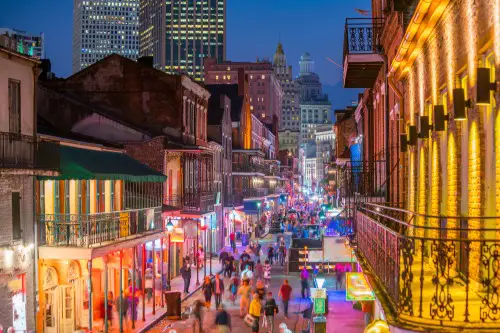
New Orleans’ name change wasn’t drastic, but it did reflect the influence of various cultures and languages on the city. Originally named La Nouvelle-Orléans by French settlers in 1718, the city’s name was altered over time to suit the English-speaking population after the Louisiana Purchase in 1803. The shift to New Orleans reflected the city’s growing importance and English dominance in governance and trade. However, the French roots still run deep in the culture, architecture, and food of the city today.
Though the name wasn’t drastically changed, the transition to New Orleans symbolized the complex history of the region. The French legacy remains visible in street names, neighborhood titles, and the Creole culture. Still, New Orleans has grown into a cosmopolitan hub that blends French, African, Spanish, and American influences. Its name reflects this melting pot, and the city continues to honor its diverse heritage.
2. Bucksport, Maine (Originally Buckstown)
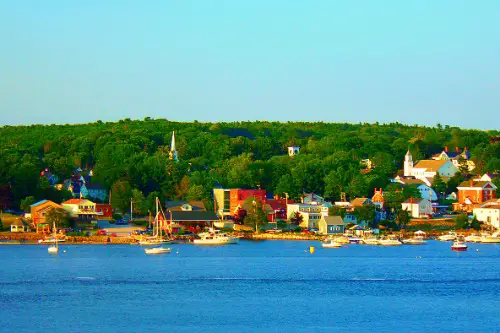
Bucksport, Maine, was originally called Buckstown when it was founded in the late 1700s. The name came from Jonathan Buck, one of the town’s early settlers, who played a major role in its development. However, in 1817, town leaders decided that “Buckstown” sounded too informal and changed it to Bucksport, which they believed gave the town a more distinguished identity. The name change helped establish Bucksport as a key shipbuilding and trading hub along the Penobscot River.
Despite the name shift, the town remained proud of its early history, and the legend of Jonathan Buck became deeply ingrained in local lore. One of Bucksport’s most famous stories is the so-called “Buck’s Curse,” linked to a mysterious footprint-shaped stain on his tombstone. Today, Bucksport is a charming waterfront town known for its rich maritime history and ghostly folklore. Though Buckstown is long gone, its legacy lives on through the town’s name and eerie local legends.
3. West Hollywood, California (Originally Sherman)
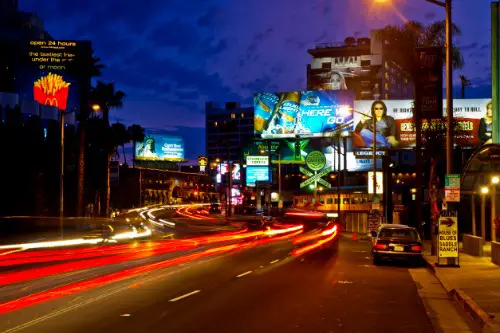
Before it became the trendy and vibrant West Hollywood, this area was known as Sherman. Founded in the late 1800s as a company town for the Pacific Electric Railway, it was named after Moses Sherman, a railway tycoon. Sherman was primarily an industrial and working-class community, serving as a hub for rail workers and businesses. However, as Los Angeles expanded and the entertainment industry grew, the town’s identity began to shift.
By the 1920s, residents and developers wanted a name that better reflected the area’s evolving culture and status. In 1925, the town was officially renamed West Hollywood, aligning it with its famous neighbor while maintaining a distinct identity. Over the years, West Hollywood became known for its nightlife, progressive values, and creative scene. Today, it stands as one of the most iconic and inclusive neighborhoods in Los Angeles, far removed from its industrial past as Sherman.
4. Truth or Consequences, New Mexico

According to Condé Nast Traveler, this town was originally called Hot Springs, which made perfect sense—it was famous for its natural mineral baths. But in 1950, a popular radio show called Truth or Consequences announced it would host a special anniversary episode in the first town that renamed itself after the program. Seeing an opportunity for publicity, Hot Springs voted to take on the quirky new name, winning the broadcast and national attention. Even after the show ended, the name stuck, and today, the town remains a popular destination for visitors seeking relaxation.
Despite the unusual name change, the town kept its original charm, with spas and wellness centers still drawing tourists. Some locals weren’t thrilled at first, feeling like they gave up history for a gimmick. But over time, the name became a source of pride, setting the town apart from other places with hot springs. Today, Truth or Consequences embraces its identity, hosting an annual festival to celebrate its unusual history.
5. Ismay, Montana (Briefly Joe, Montana)
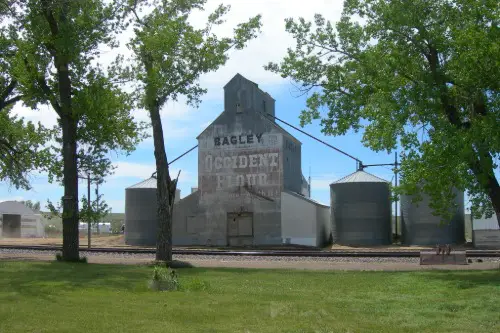
For a short time in the 1990s, Ismay, Montana, changed its name to Joe, Montana, as a publicity stunt, according to KTVQ. The tiny town of fewer than 50 residents decided to honor the legendary NFL quarterback Joe Montana, hoping the quirky move would attract attention. The stunt worked, and the town got its 15 minutes of fame, including a visit from the football star himself. For a while, people came just to take pictures with the unusual sign.
Despite the temporary boost in tourism, the novelty eventually wore off, and the town quietly reverted to Ismay. Locals had fun with the change, selling T-shirts and souvenirs while it lasted. But at its core, the town remained the same small ranching community it had always been. Though the name Joe, Montana, is no more, the story still gets a chuckle from football fans and travelers alike.
6. Clark, Texas (Now DISH, Texas)
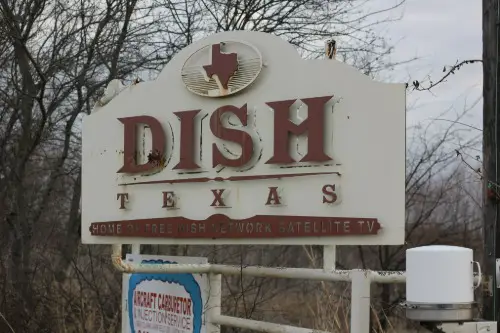
In 2005, the town of Clark, Texas, made a deal that was almost too good to be true, KXAN Texas explains. DISH Network offered free satellite TV service to every resident if the town agreed to change its name to DISH. The town of about 200 people saw this as an easy win and officially made the switch. In exchange, every household got free basic satellite service for 10 years.
The change brought the town some publicity, but not much else, and most residents went back to life as usual. While some thought the deal was a clever way to save money, others felt it was a bit of a sellout. After the free service ended, some wondered if it was worth it, but by then, the name had stuck. Today, DISH, Texas, remains a tiny blip on the map with a name that still raises eyebrows.
7. Kaskaskia, Illinois (Originally the Capital of Illinois)
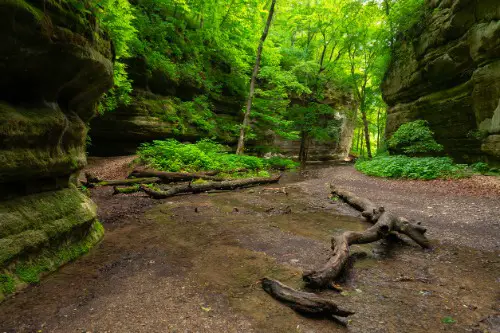
Kaskaskia was once the capital of Illinois, a thriving town with deep French roots. In the 1800s, it was an important settlement, but everything changed when the Mississippi River shifted course. Over time, flooding and erosion swallowed much of the land, isolating what was left of Kaskaskia on the western side of the river. As Illinois grew and Springfield took over as the capital, Kaskaskia faded into obscurity.
Eventually, the town became so cut off from the rest of Illinois that it could only be accessed by crossing into Missouri. Today, it has fewer than 20 residents, making it one of the smallest towns in the state. The once-important capital is now just a ghost of its former self, known more for its strange geographical placement than anything else. Despite its near disappearance, Kaskaskia remains a fascinating relic of Illinois history.
8. Gas, Kansas (Proud of Its Name Change)
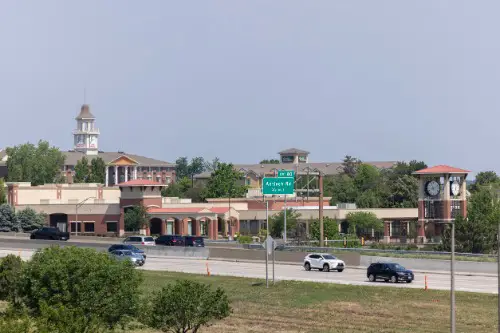
Gas, Kansas, may have a funny name, but it takes pride in it. Originally, the town was part of a larger settlement, but when a natural gas boom hit the area in the late 1800s, it needed a name of its own. Embracing its roots, the town went with “Gas,” and it has leaned into the humor ever since. Signs around town proudly declare, “Don’t Pass Gas,” turning the name into a conversation starter.
Despite its small size, Gas has held onto its unique identity over the years. Residents have fun with the name, and tourists often stop just to snap photos with the quirky signs. While other towns changed names to sound more appealing, Gas never felt the need to fix what wasn’t broken. In the end, the town proves that sometimes, a good name is one that makes people smile.
9. Richland, Washington (Originally Chemna)
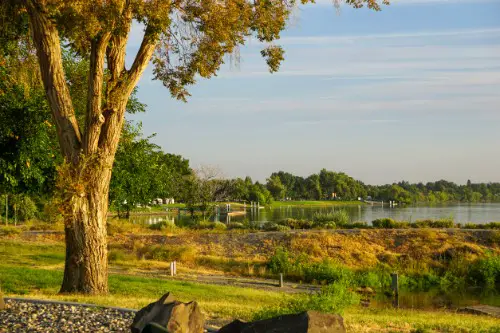
Before it became the city of Richland, Washington, the area was originally known as Chemna, a Native American village inhabited by the Wanapum people. When settlers arrived in the 1800s, they established a small agricultural community and eventually renamed it after Nelson Rich, a land developer. The new name reflected the town’s ambitions to grow into a prosperous farming hub. However, Richland’s biggest transformation came during World War II, when it became a key site for the Manhattan Project.
The rapid expansion turned Richland into a government-planned city almost overnight. It became home to workers producing plutonium for nuclear weapons at the nearby Hanford Site. While its history as Chemna is still recognized, the city is now more associated with its role in American nuclear development. Today, Richland is part of the Tri-Cities region and has reinvented itself as a center for science, technology, and wine production.
10. Nome, Alaska (Originally Anvil City)
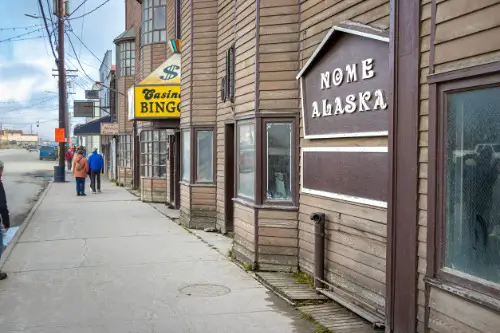
Nome, Alaska, was originally called Anvil City when it was founded during the Gold Rush in the late 1800s. The name “Anvil” came from a local rock formation that looked like an anvil, but over time, the town’s leaders realized it didn’t sound as appealing for a growing settlement. In 1885, a proposal was made to change the name to “Nome,” a word that was believed to have come from a misinterpretation of the word “Nome” on a map. The name stuck, and today, Nome is a bustling town with a rich gold rush history.
While some locals were initially hesitant about the name change, the new name helped attract people looking to settle in the area. Nome’s unique history also ties into the Alaskan frontier spirit, with gold seekers and adventurers continuing to make their way there over the years. Despite the initial confusion over its origin, the town embraced the name change, and it’s now a recognizable part of Alaska’s lore. Ironically, Nome’s origins are as much a mystery as the name itself, but it has become synonymous with Alaska’s rugged frontier.
11. Toomsboro, Georgia (Briefly Put Up for Sale)
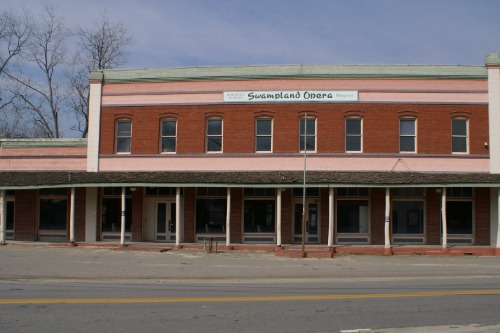
Toomsboro, Georgia, made headlines when most of the town was put up for sale in 2012. The idea was to attract investors who might want to turn it into a tourist destination or a film set. With a historic hotel, an opera house, and several old buildings, the town had charm but not much else keeping it alive. The unusual listing drew attention, but no one swooped in to buy it all at once.
While some properties were sold off separately, the grand idea of a fully revived Toomsboro never took off. For a while, rumors spread that it might become a ghost town or an artist colony. But despite the buzz, the town remains a quiet, small community with a few residents holding onto its history. Though Toomsboro never completely vanished, its near-sale put it on the map in an unexpected way.
12. Santa Fe, New Mexico (Once “La Villa Real de la Santa Fé de San Francisco”)
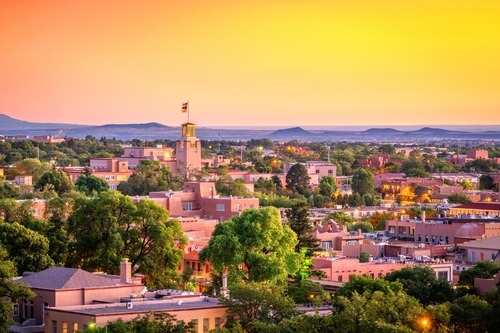
Santa Fe, New Mexico, is one of the oldest cities in the United States, and it has had several names over the centuries. The original name given by Spanish settlers in 1610 was “La Villa Real de la Santa Fé de San Francisco.” The name was a mouthful, to say the least, and over time, it was shortened simply to Santa Fe, which means “holy faith” in Spanish. The change reflected the city’s evolution as a center of Spanish culture and religion in the New World.
The decision to shorten the name also marked a shift in how Santa Fe was seen by outsiders—focusing more on its cultural identity rather than its religious origins. Today, Santa Fe’s name is known worldwide, representing the city’s unique blend of Native American, Spanish, and Anglo influences. Its history is still celebrated in art, architecture, and festivals, with the city’s Spanish roots firmly in place. The name Santa Fe continues to reflect its deep heritage, both in its past and present identity.


